Erosion Blog
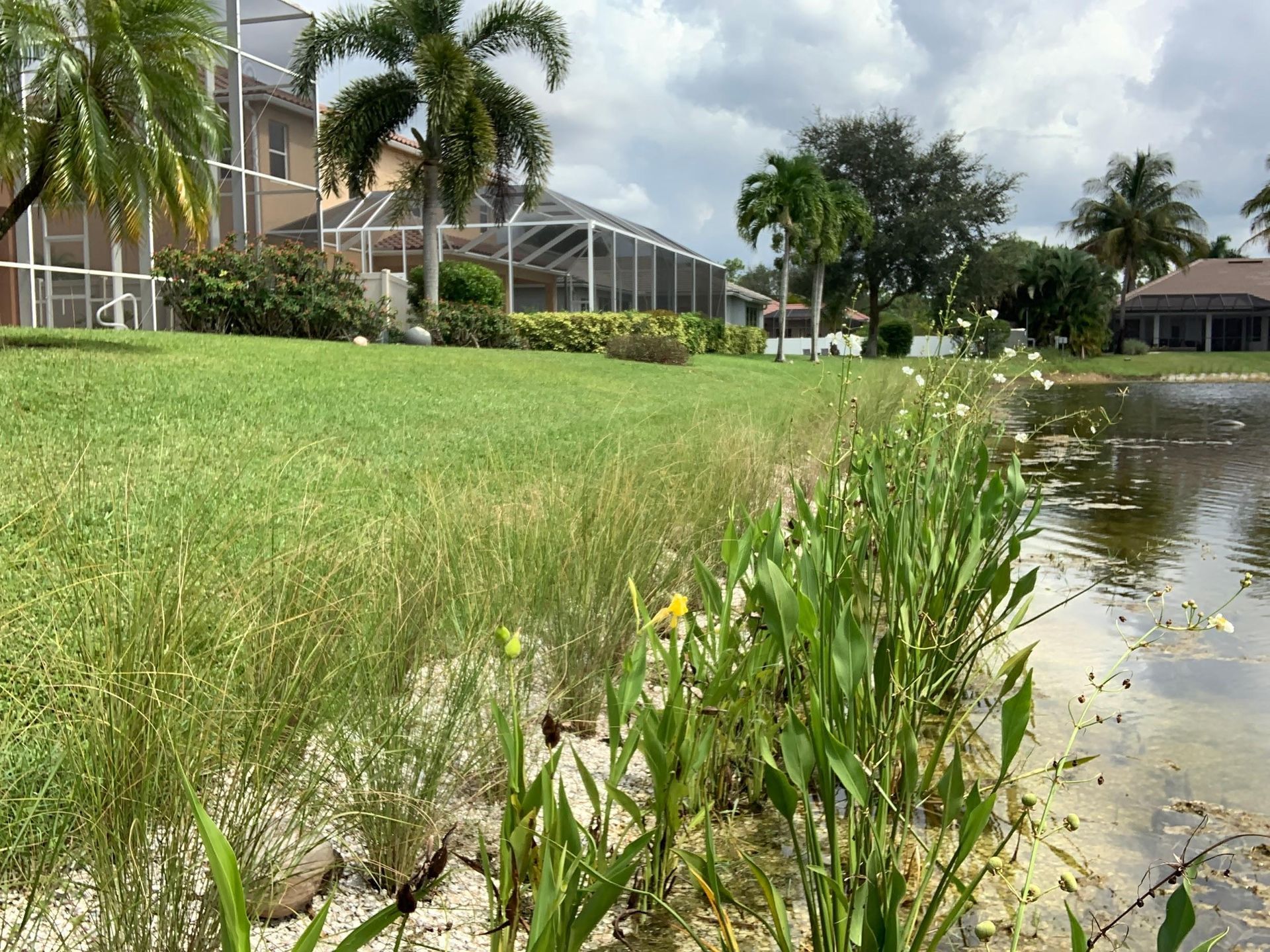

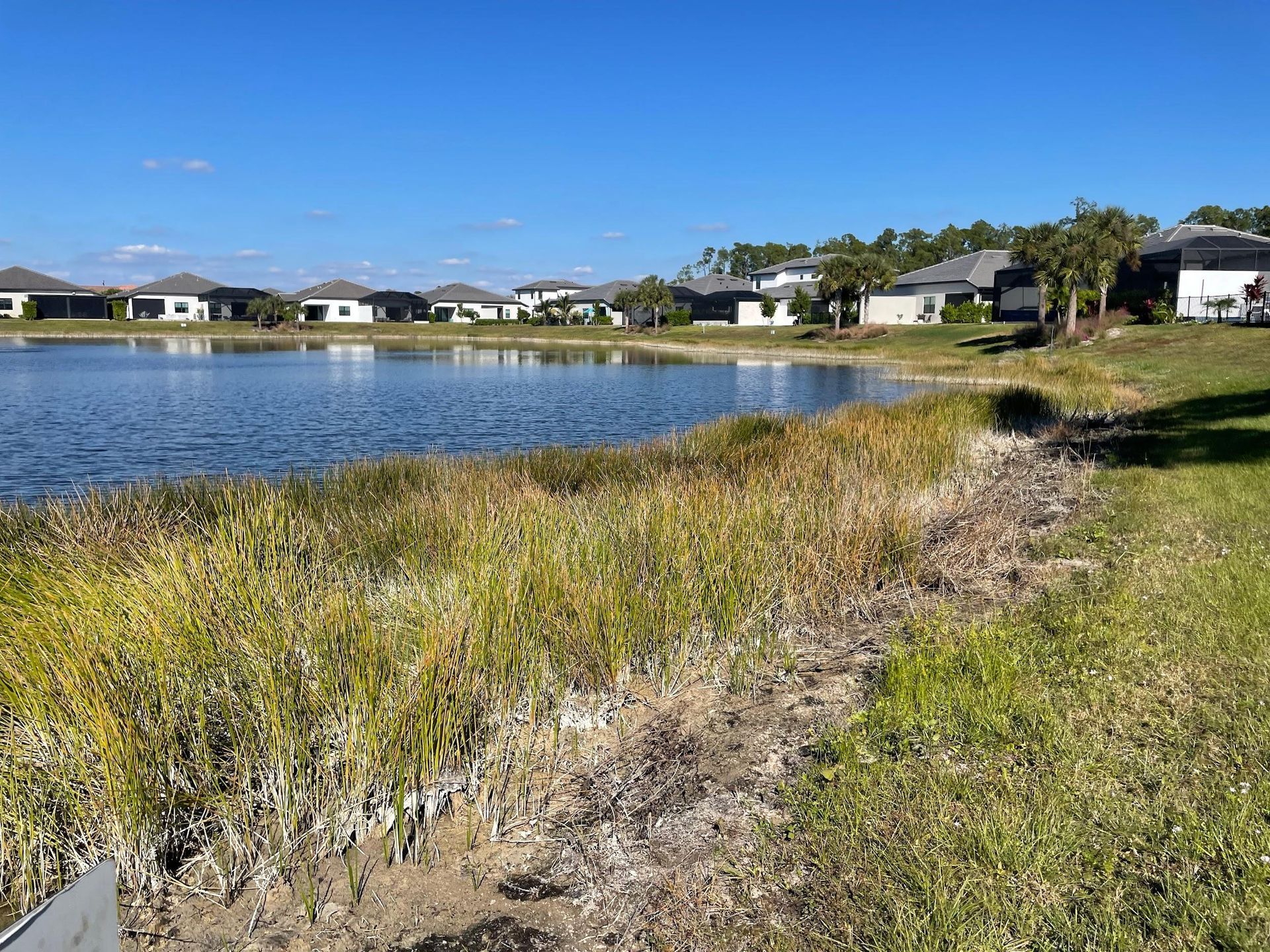
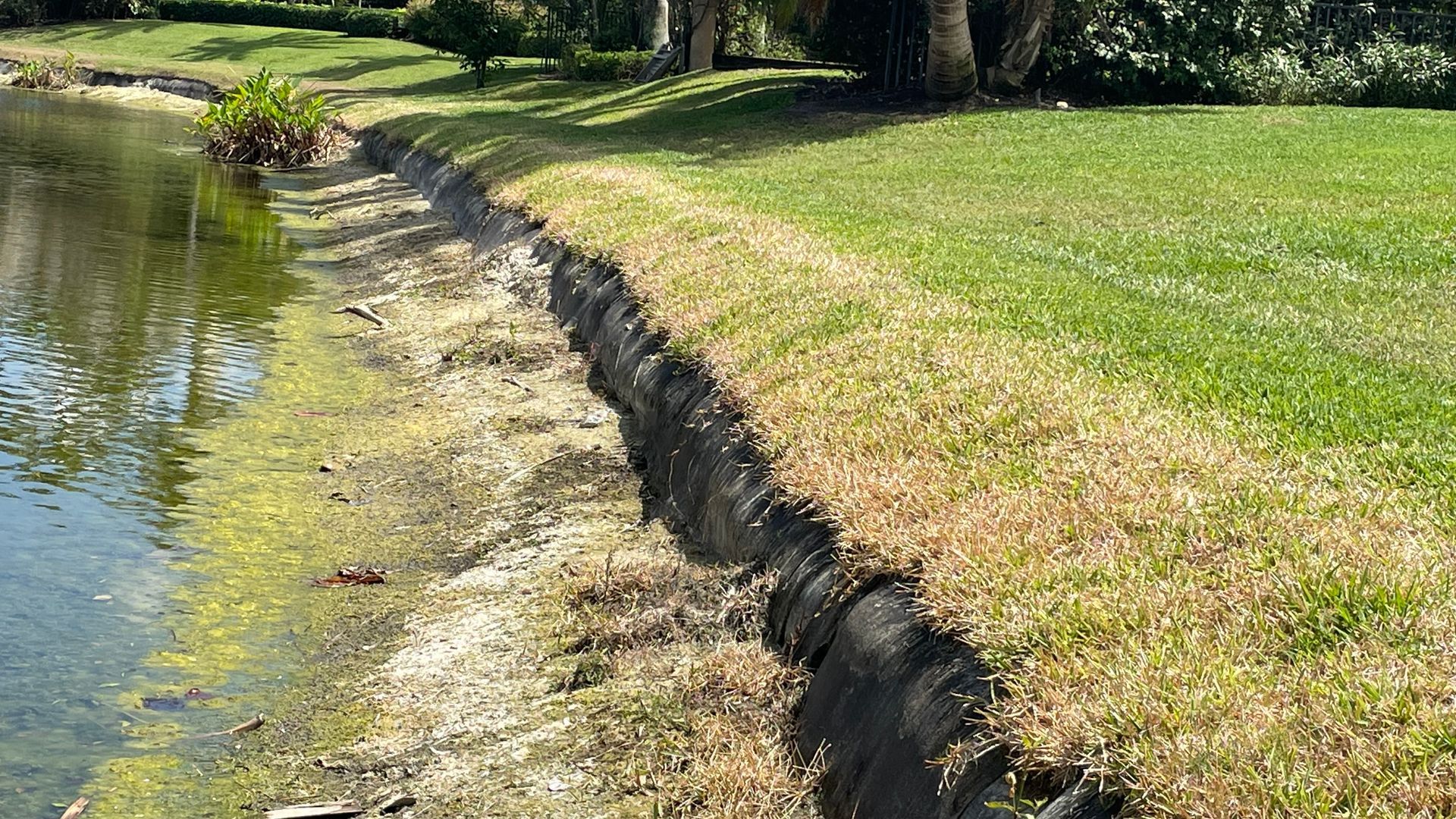
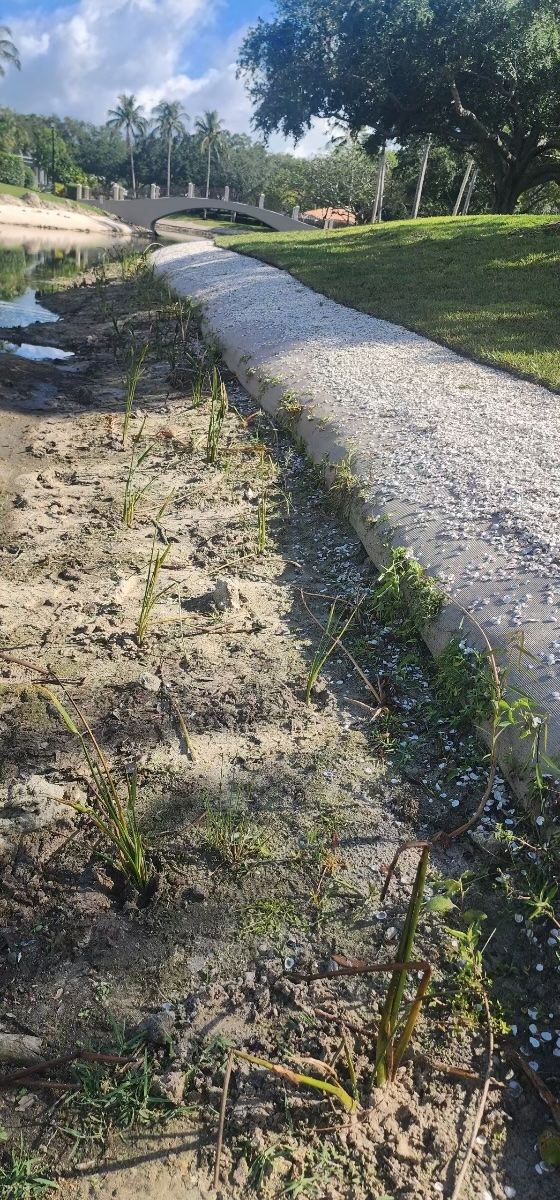

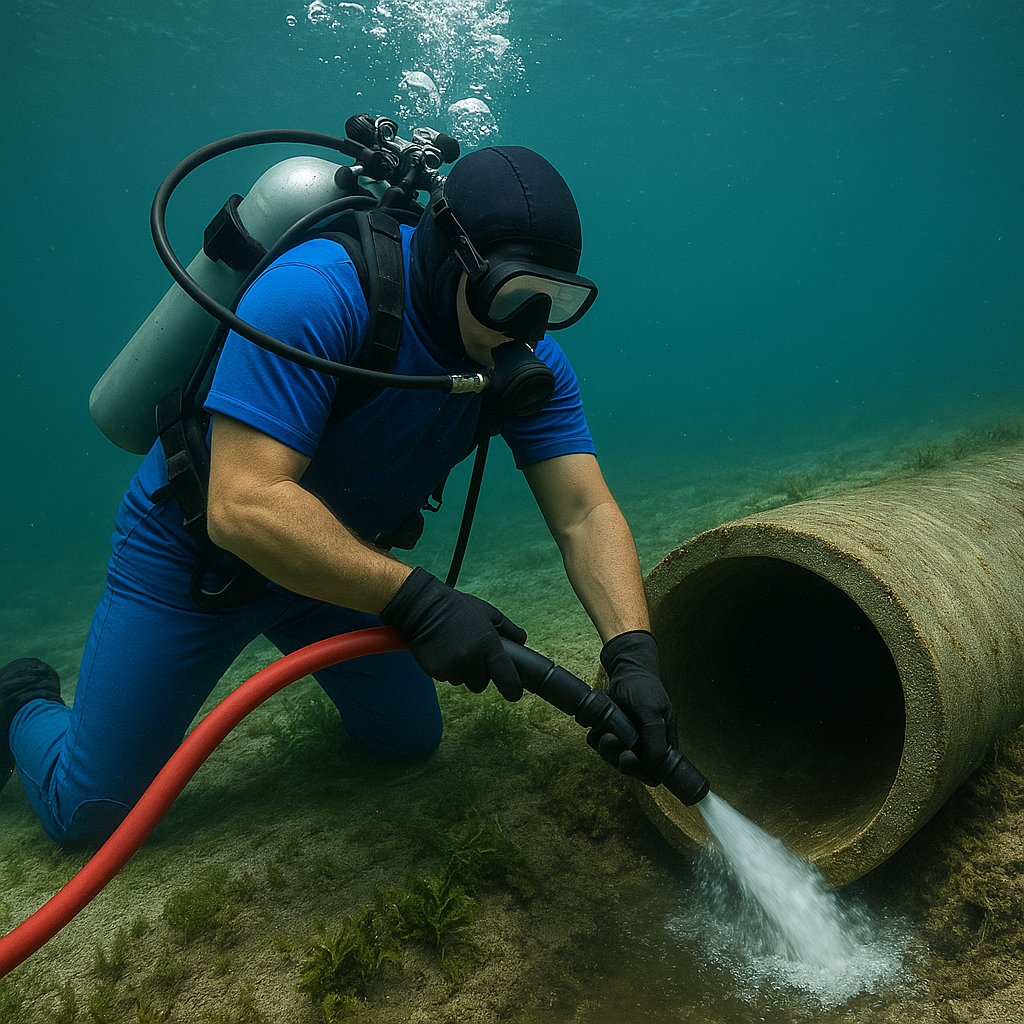
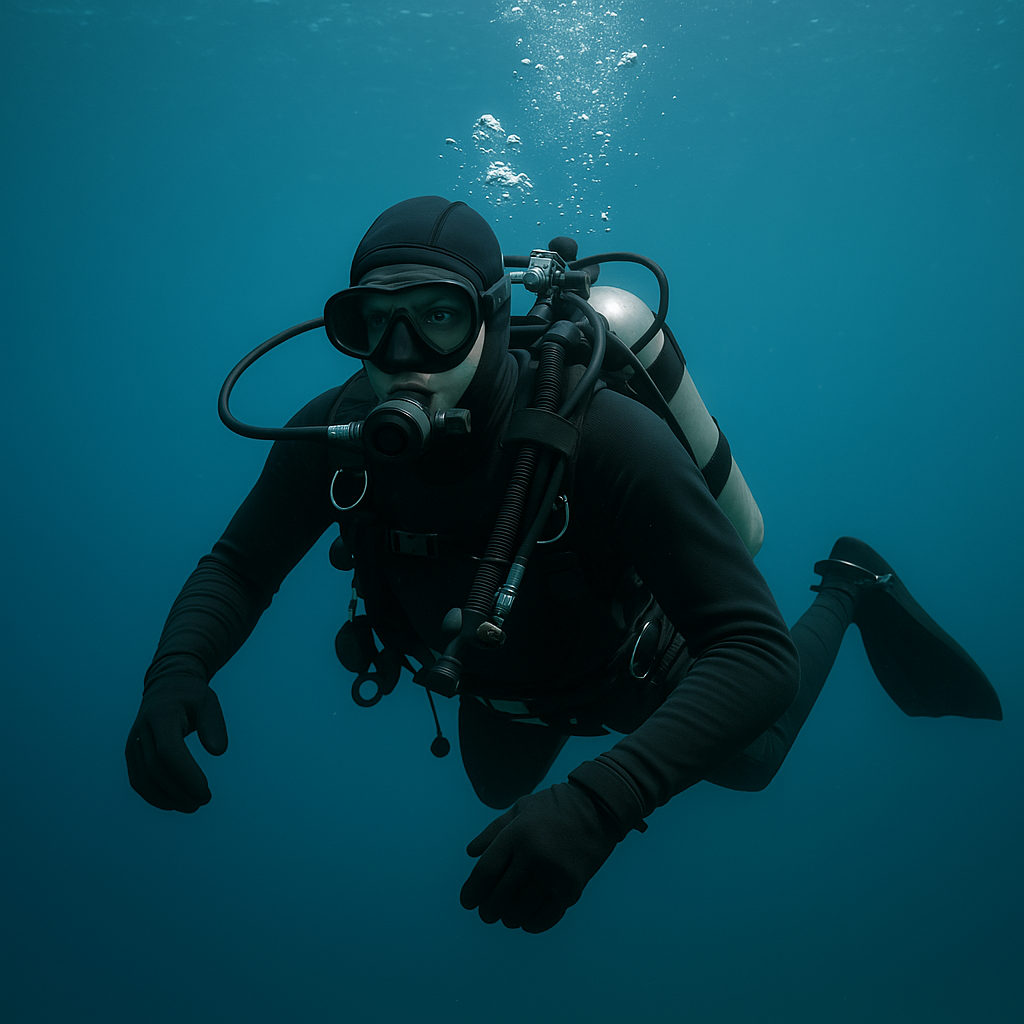
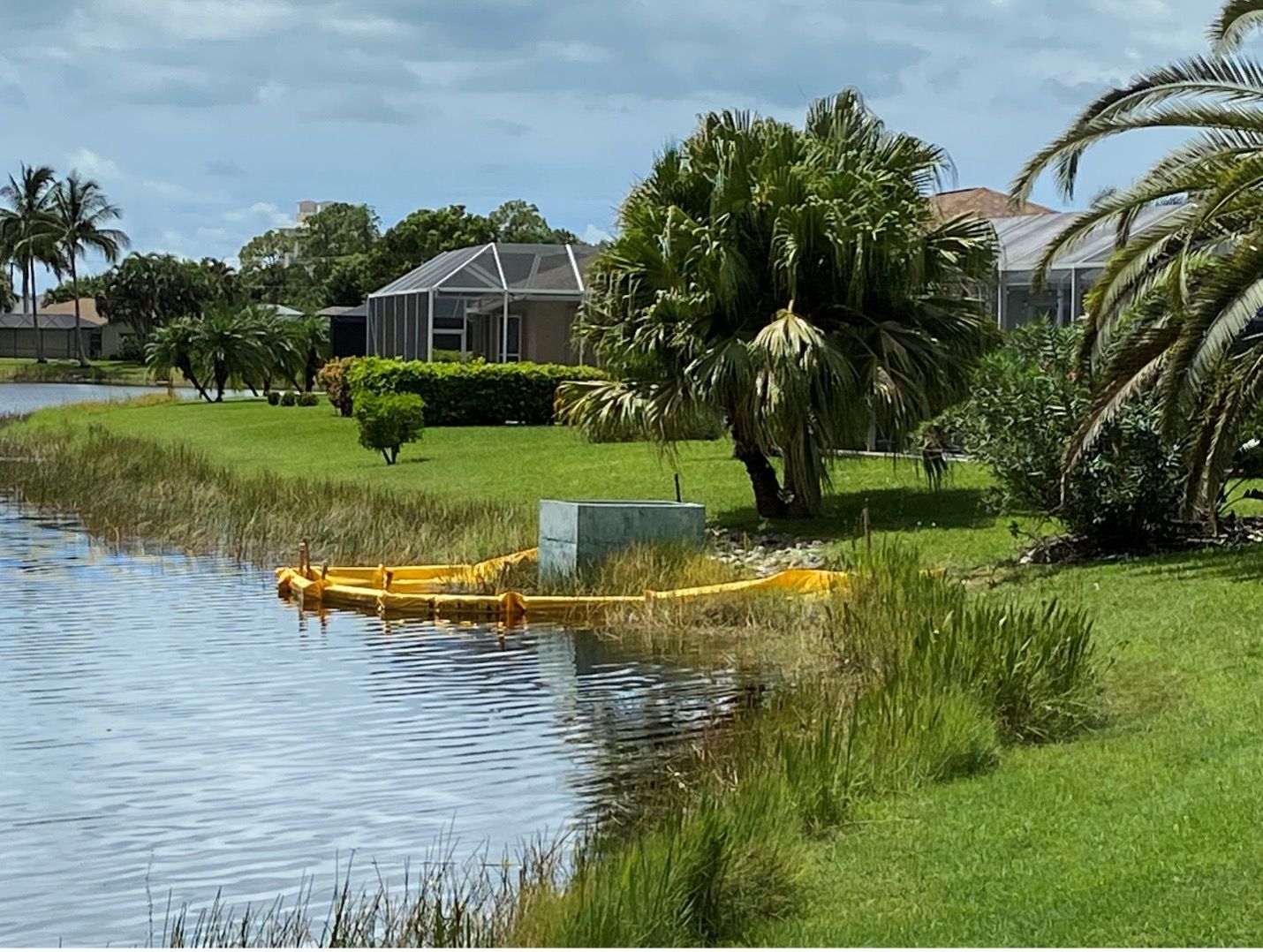
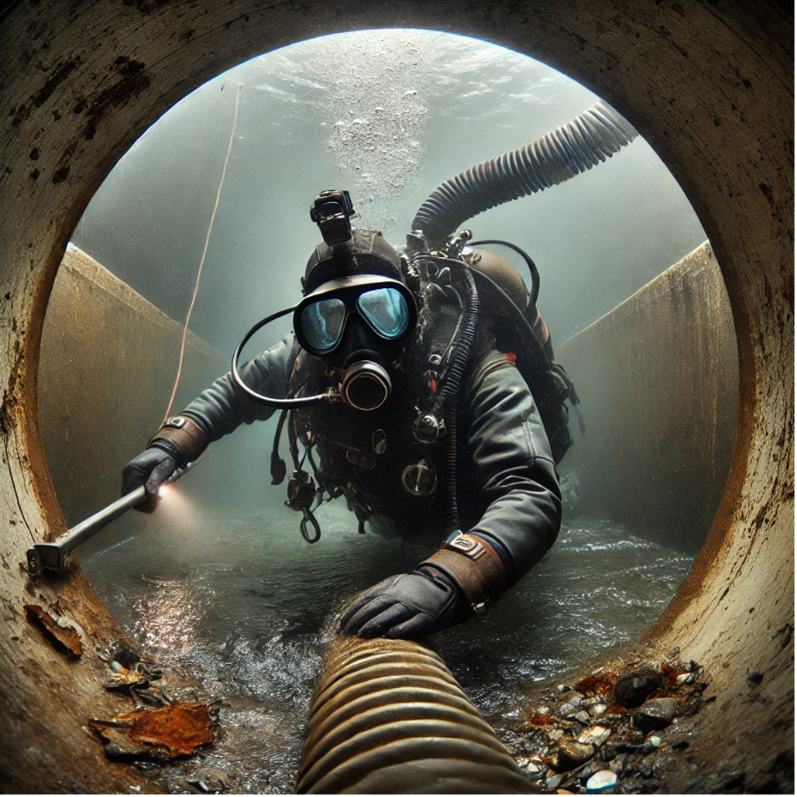



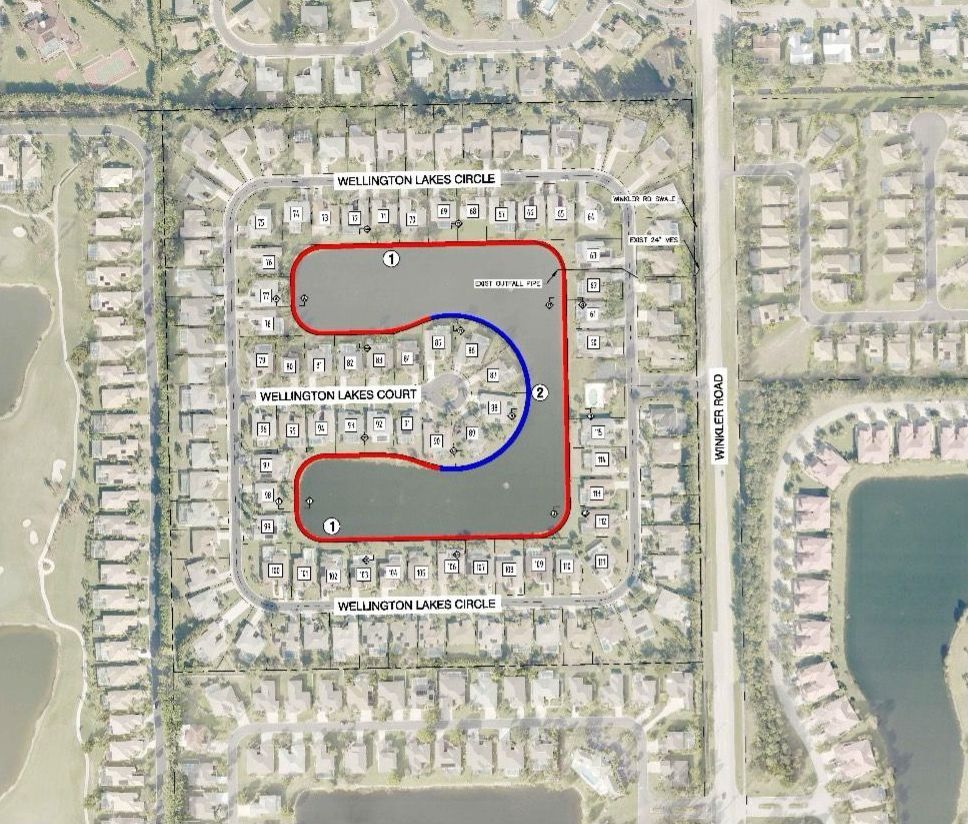

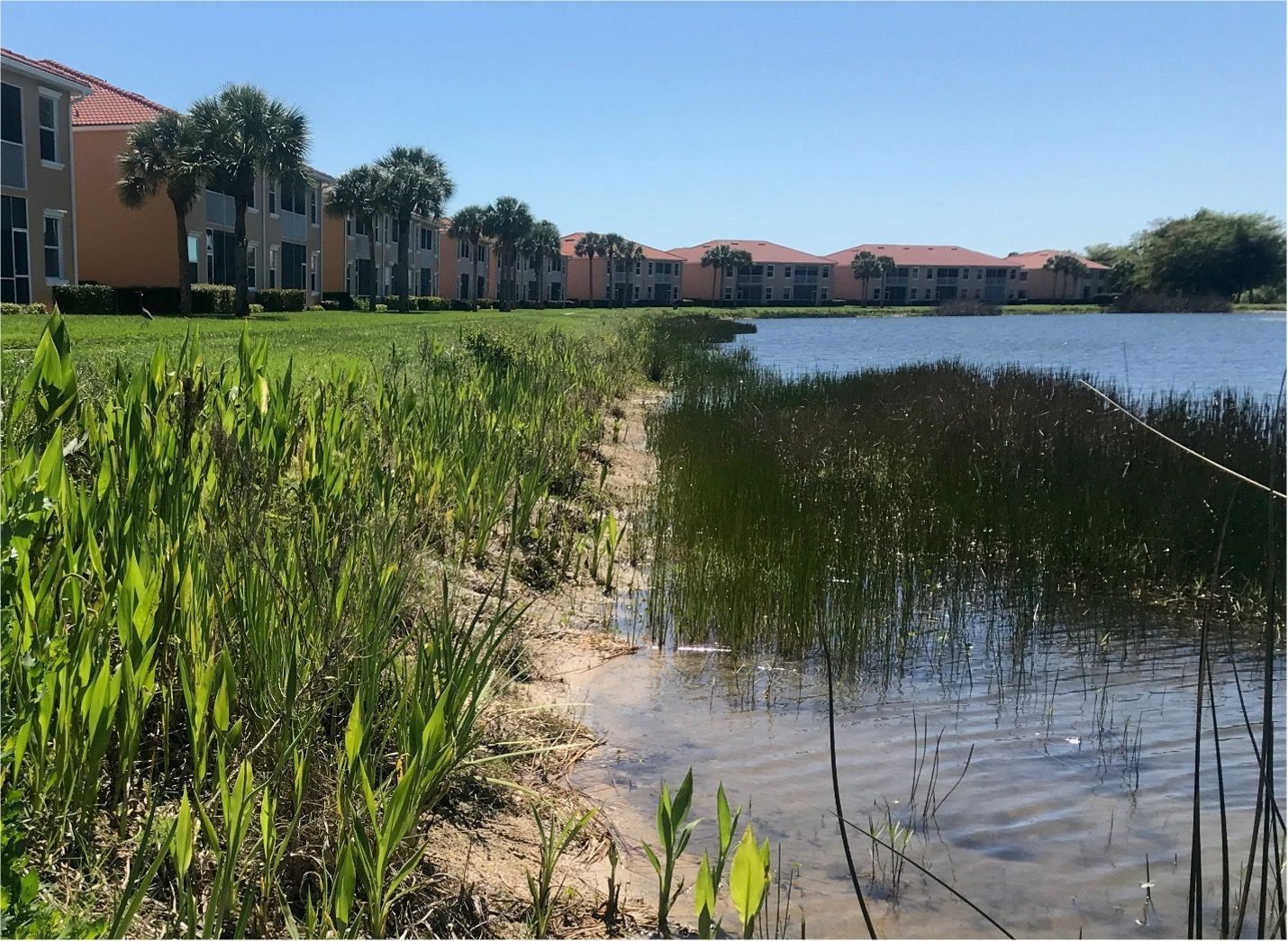
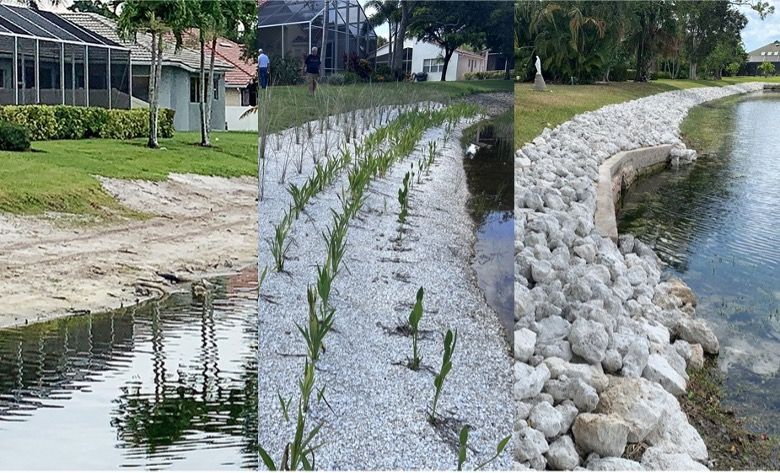

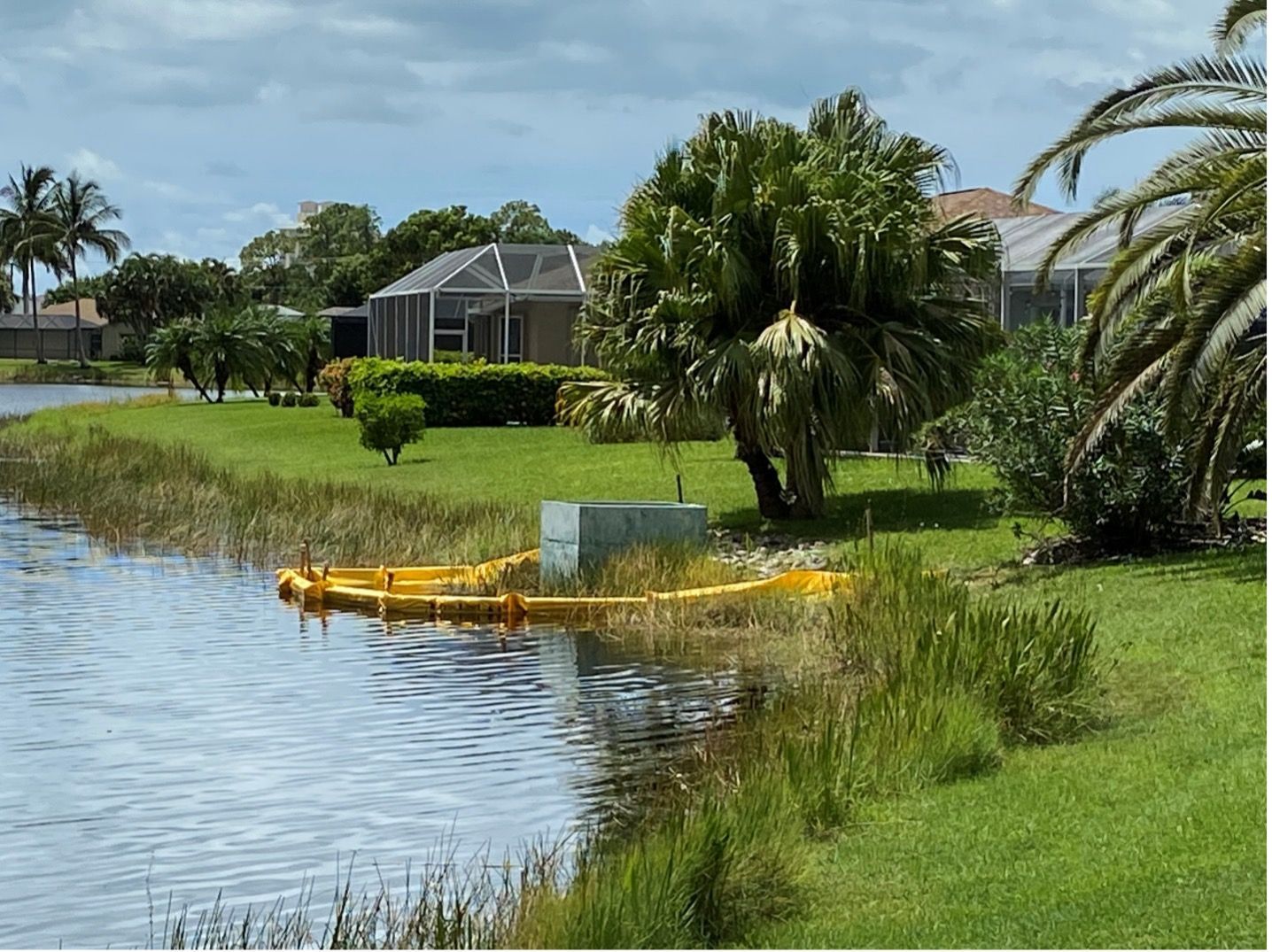
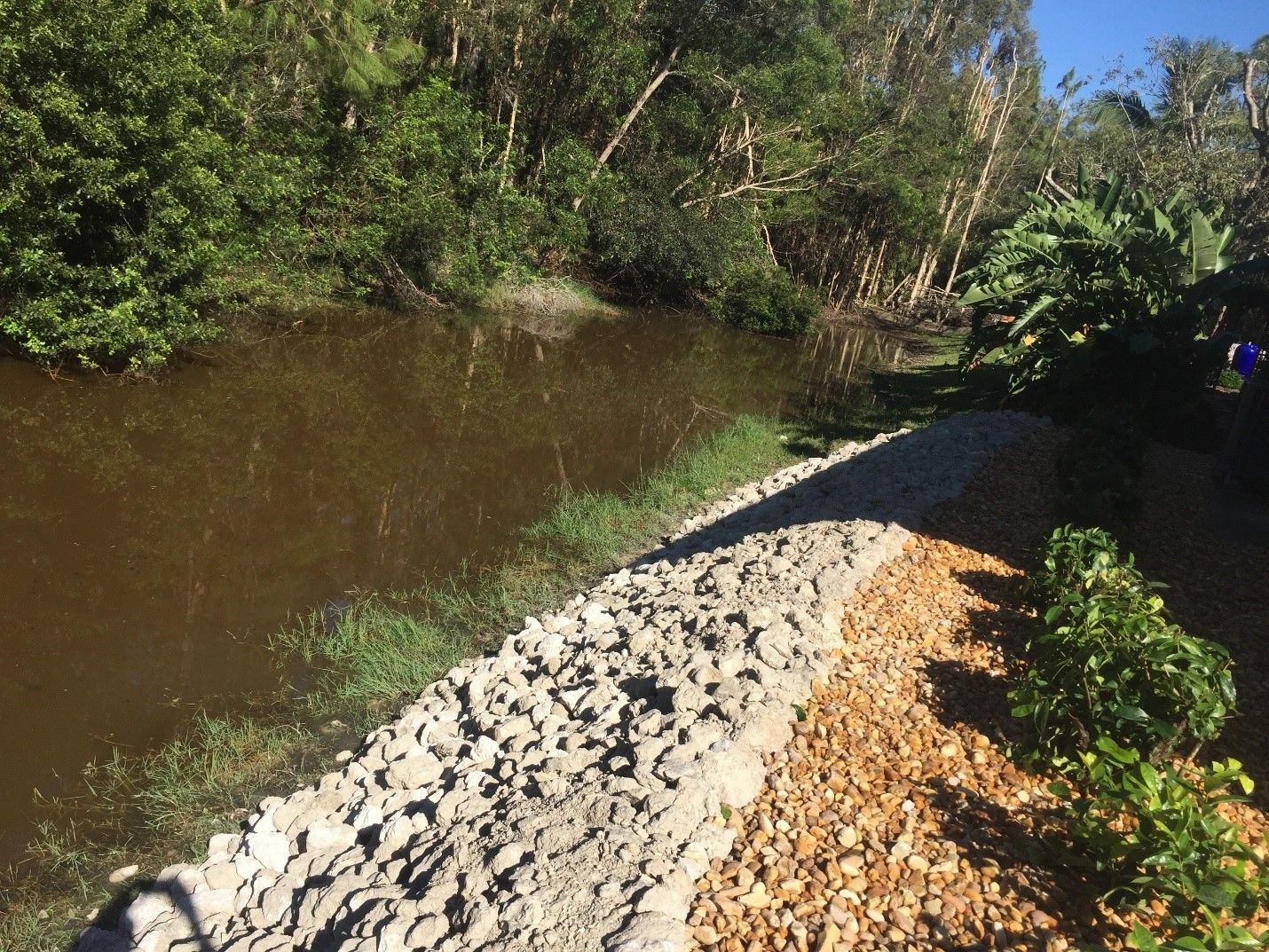
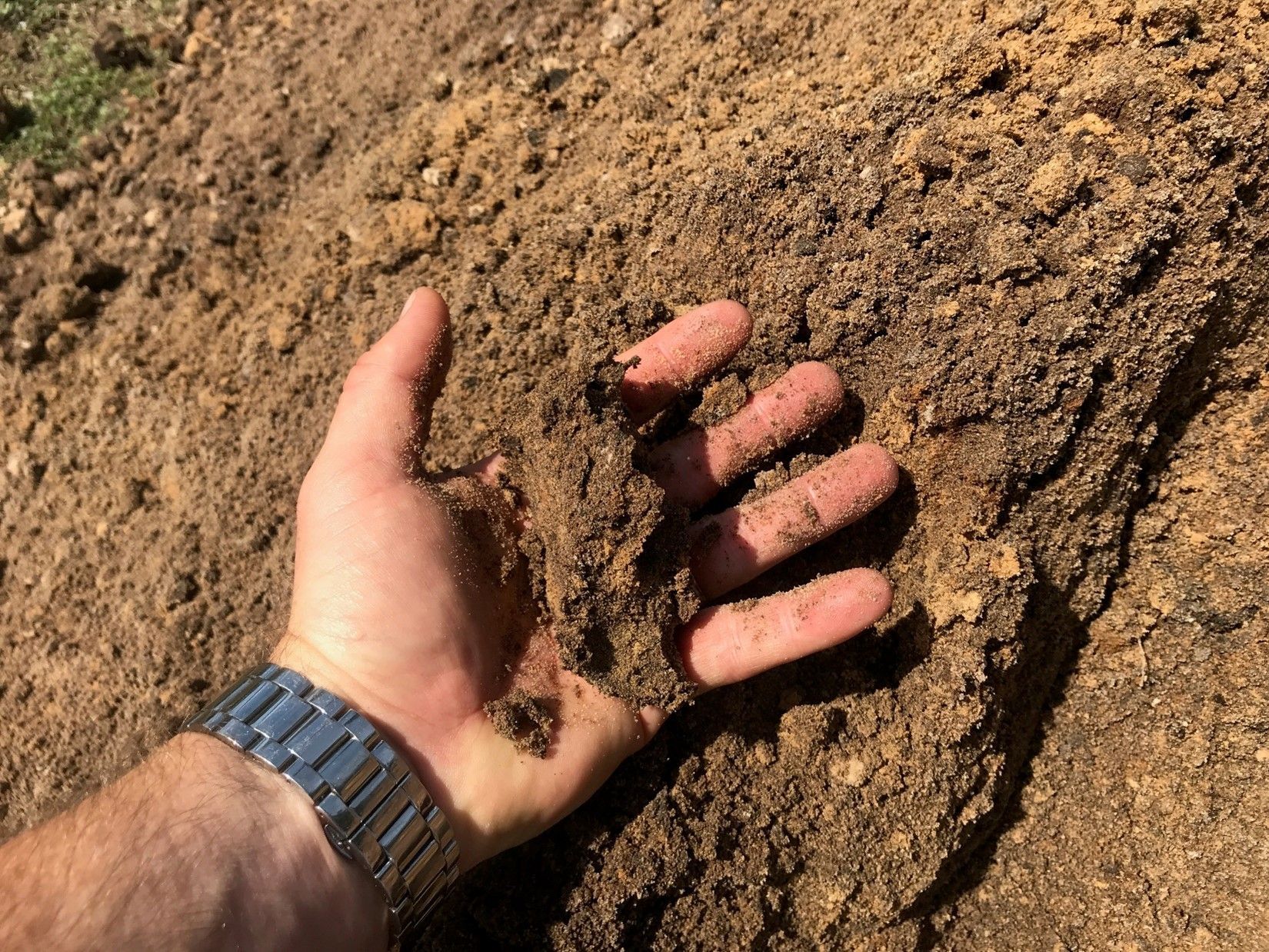
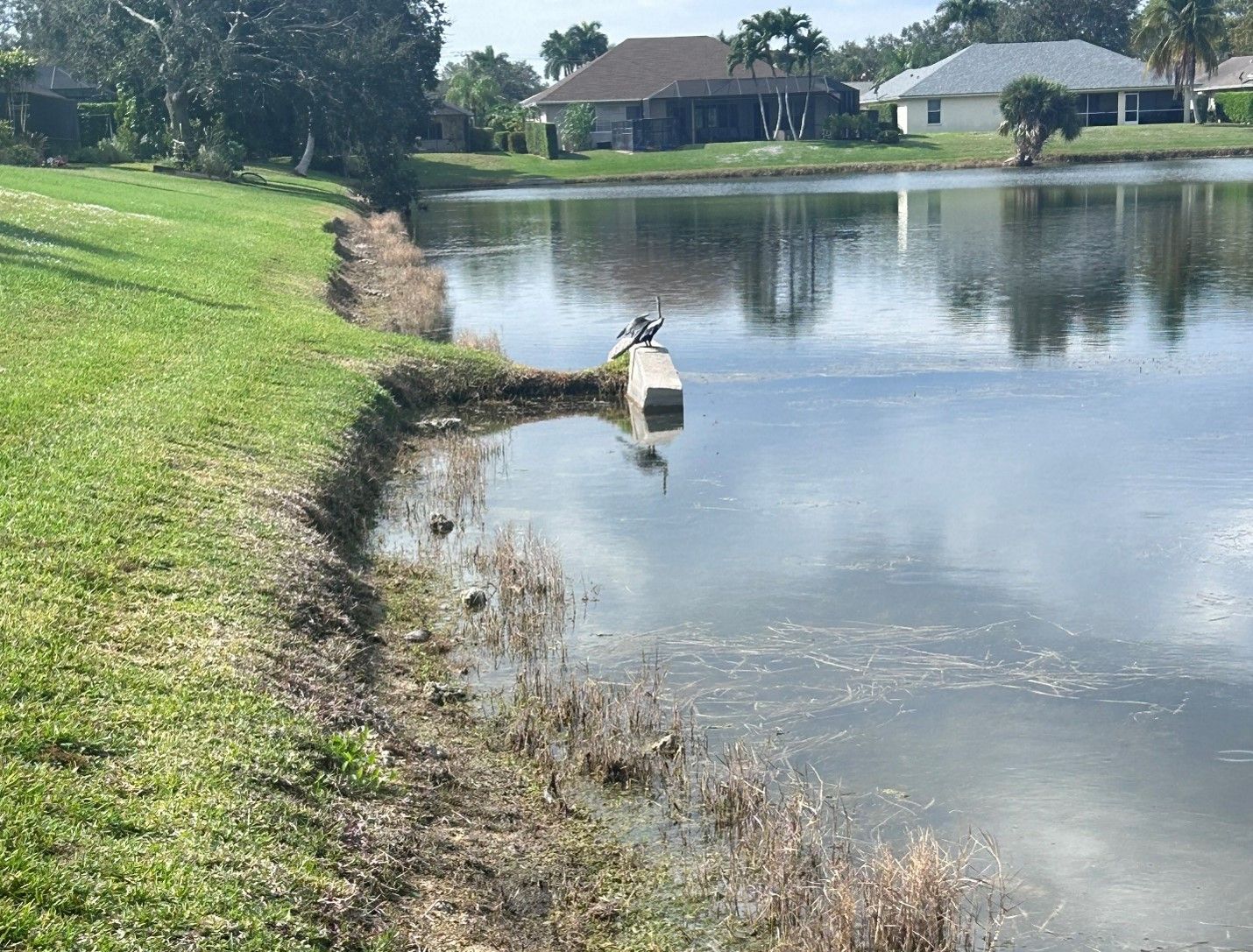
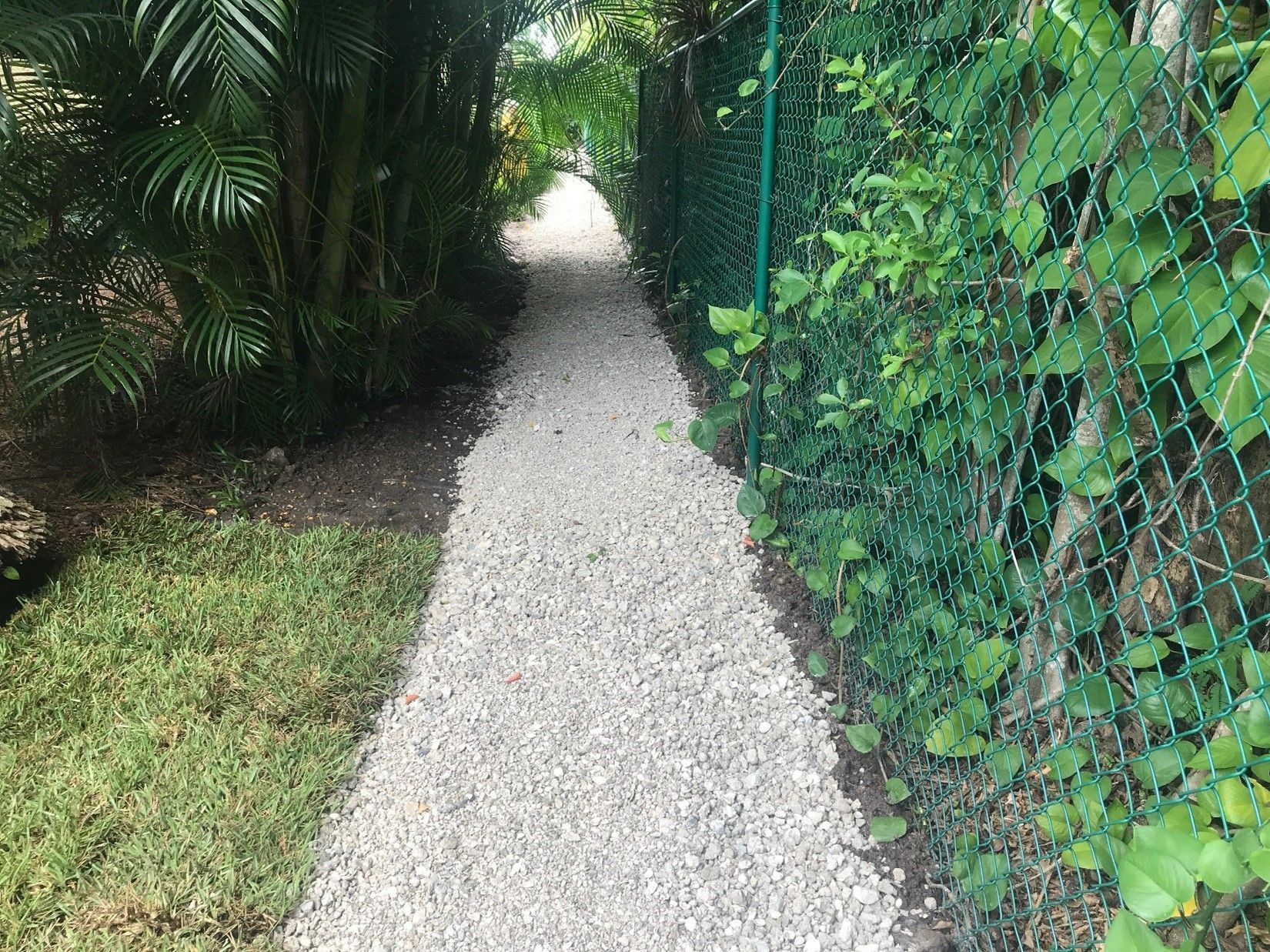

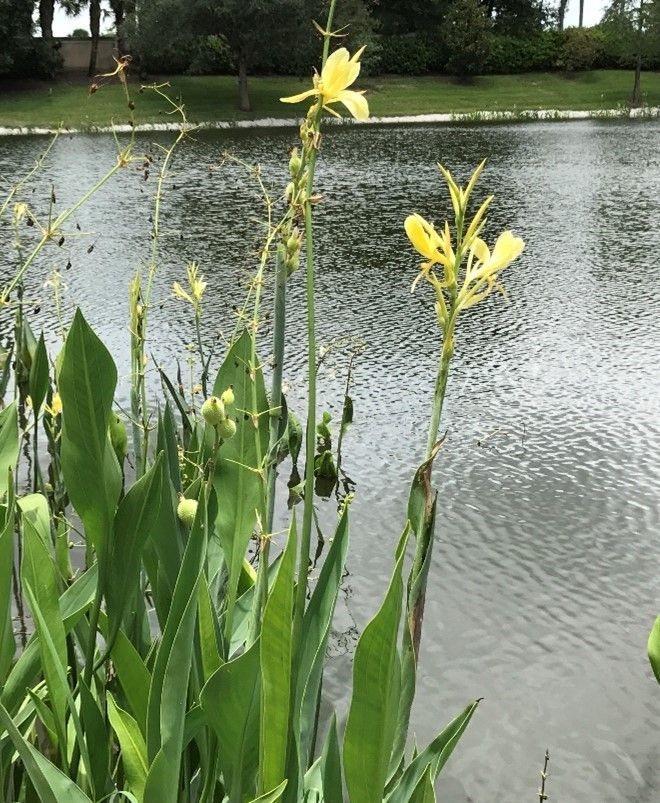
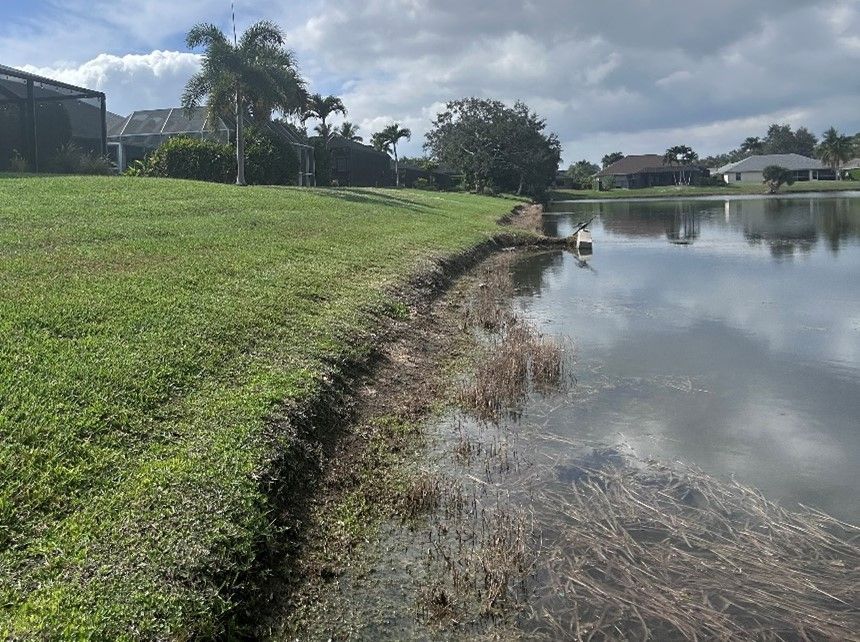
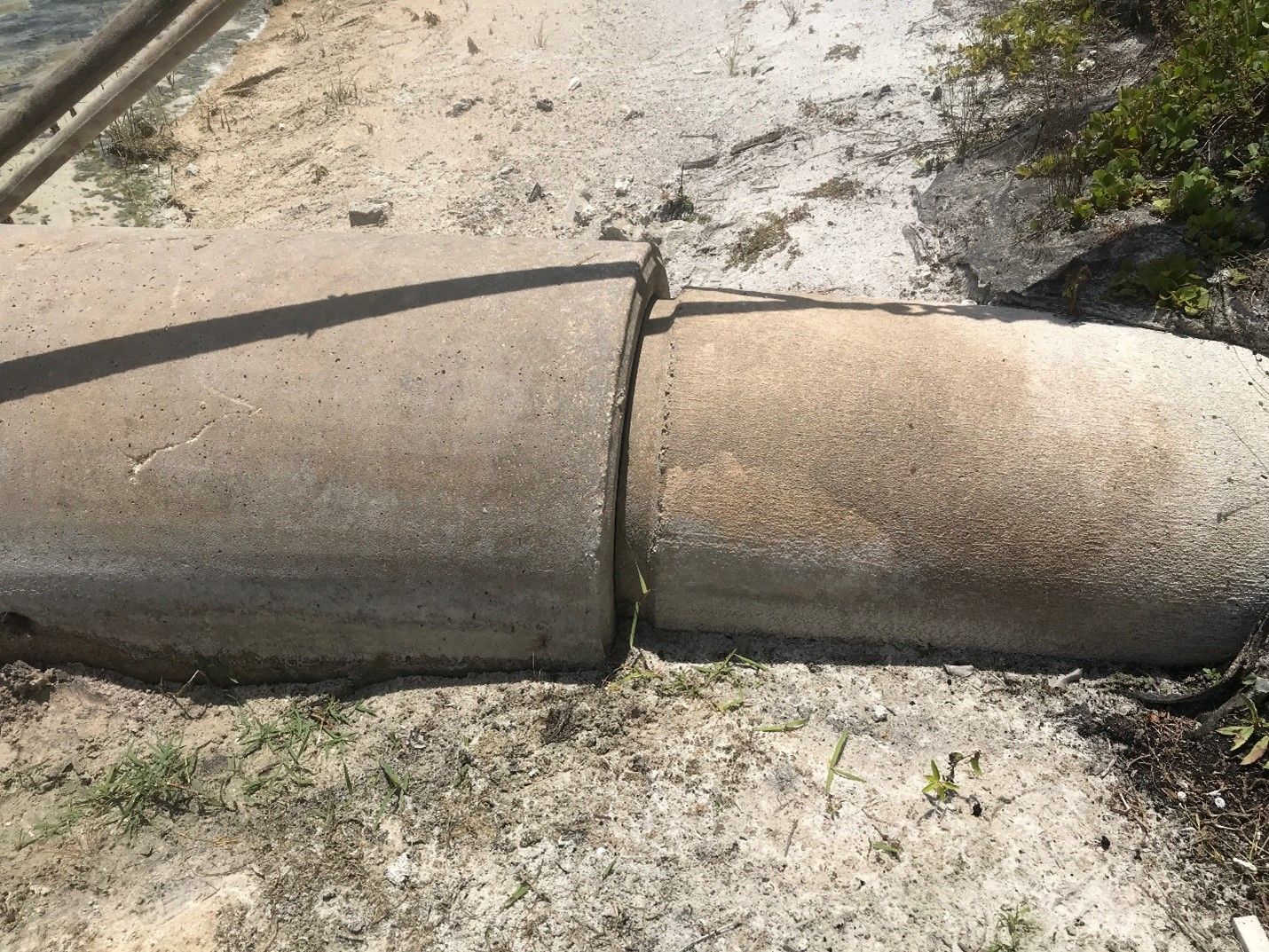
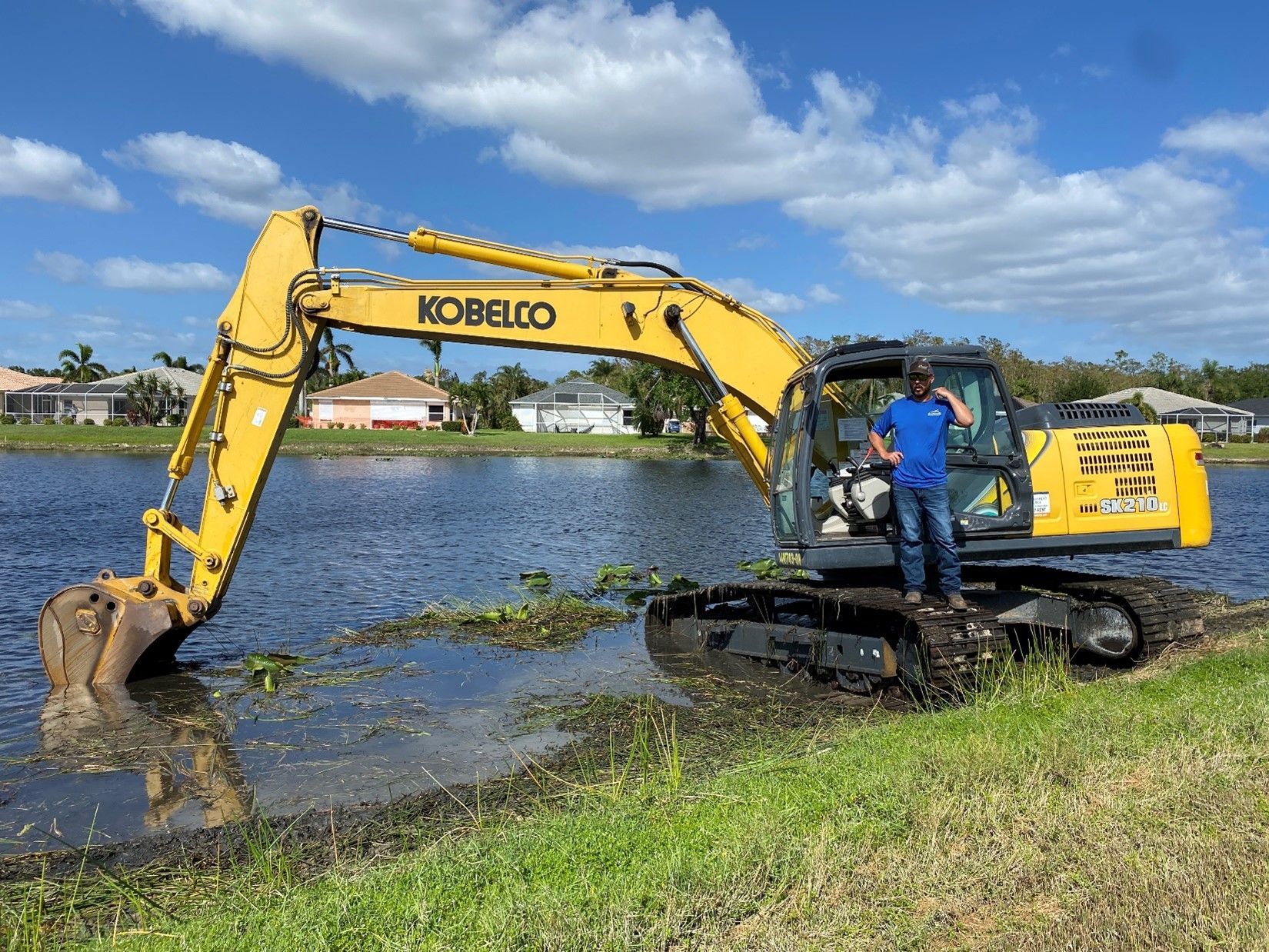

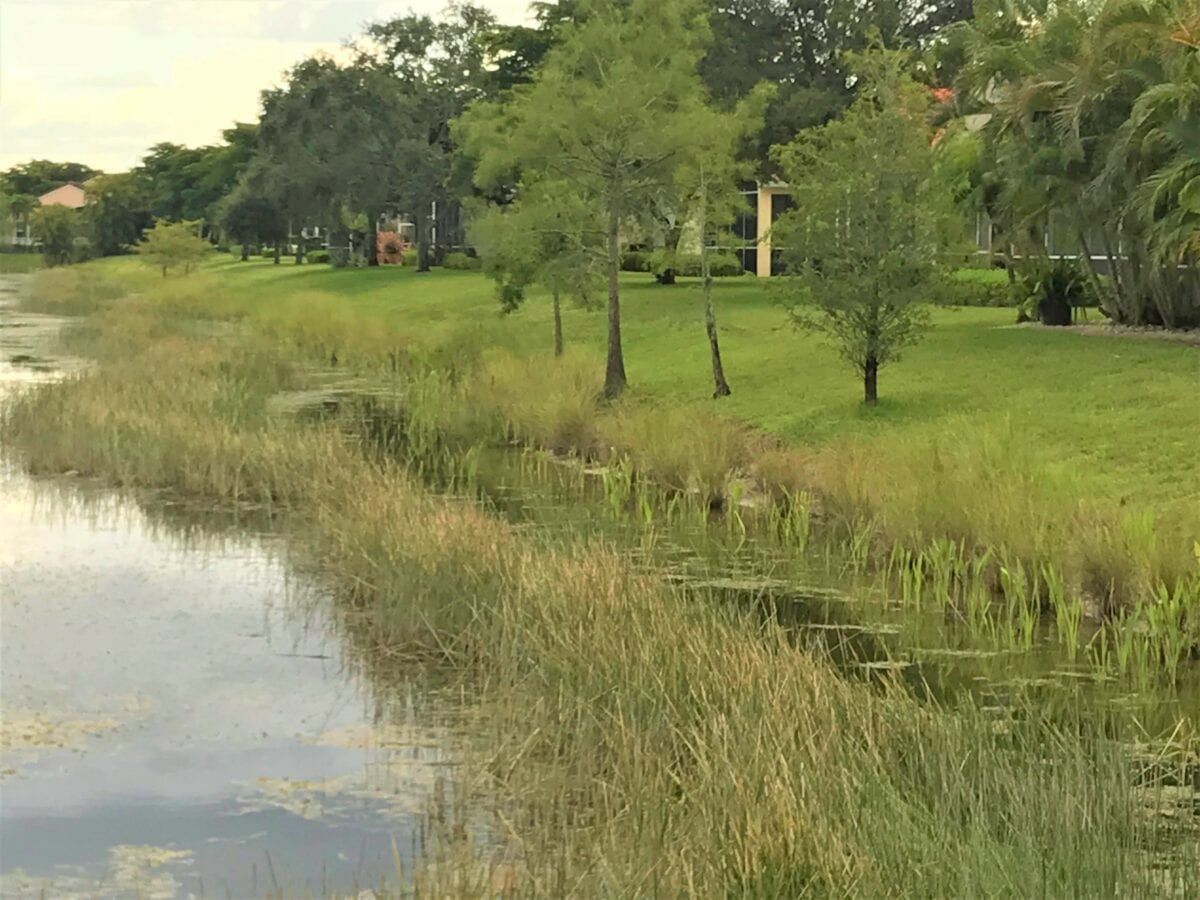
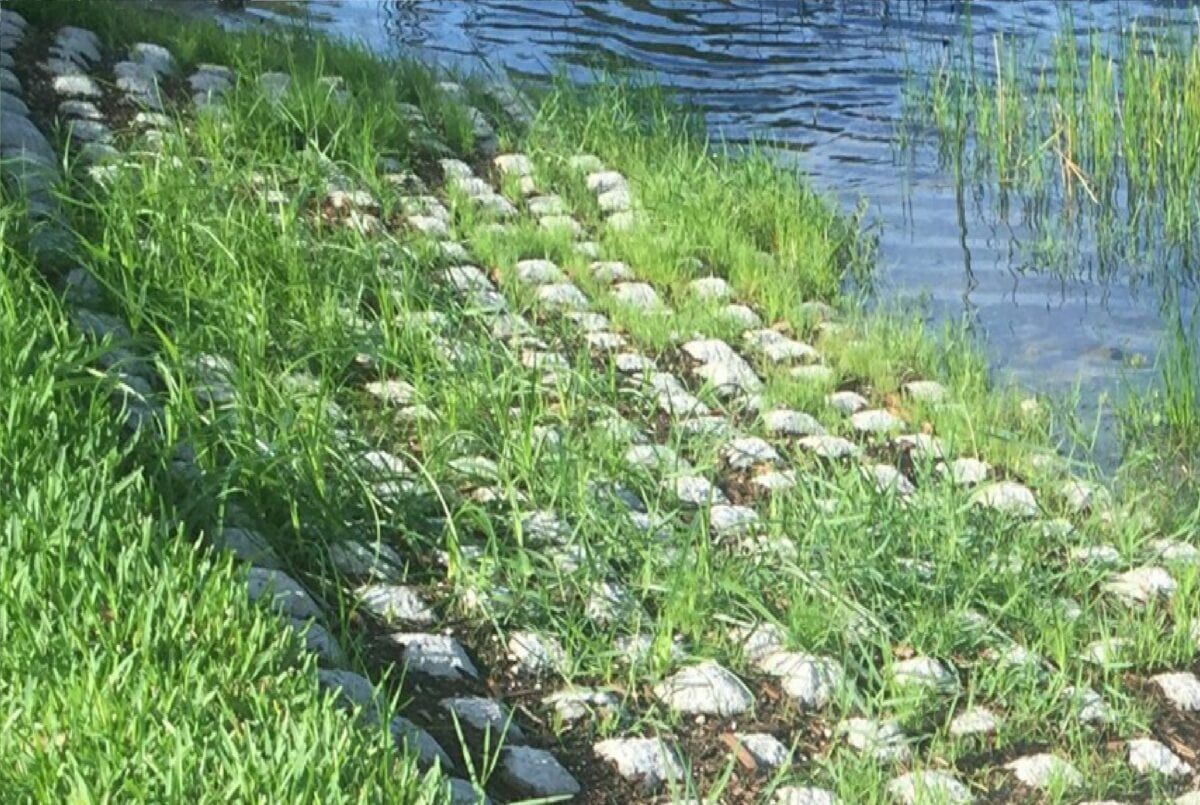
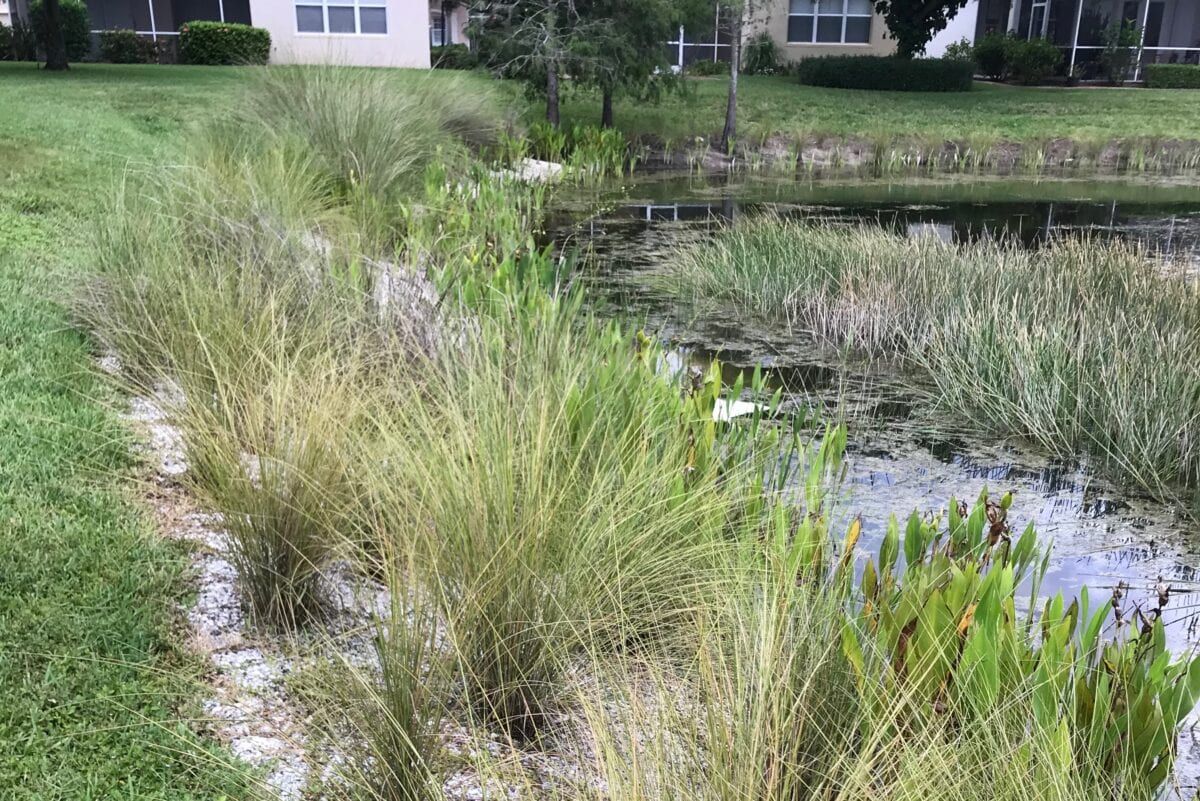
Now booking for Fall & Winter 2025! Get your community’s lakeshore restoration scheduled today!




























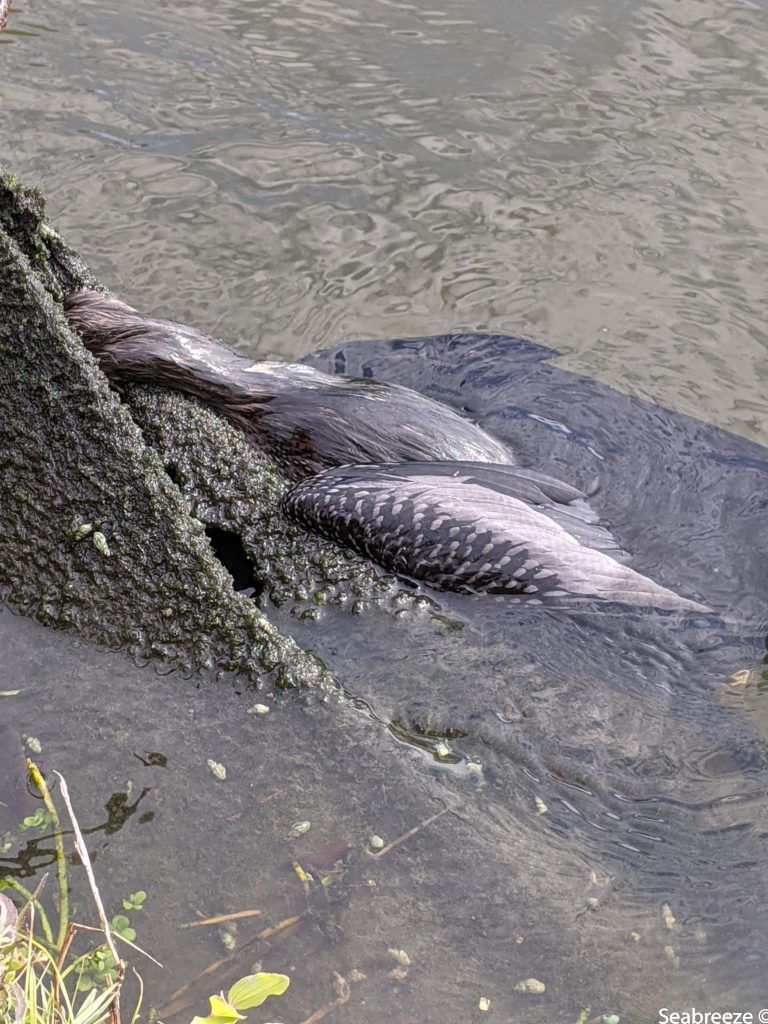




16190 Lee Rd, Suite 210, Fort Myers, FL 33967
Phone:
(239) 470-5550
9990 Coconut Rd, Suite 3396, Estero, FL 34135
Web: View on Google
4850 Tamiami Trail N Suite 301, Naples, FL 34103
Web: View on Google
8891 Brighton Lane, Ste 108, Bonita Springs, FL 34135
Web: View on Google
18245 Paulson Drive, Port Charlotte, FL 33954
Web: View on Google
3230 Southgate Cir, Unit 90, Sarasota, FL 34239
Web: View on Google
8586 Potter Park Dr, Sarasota, FL 34238
Web: View on Google
© Copyright 2024 | Seabreeze Erosion Solutions | All Rights Reserved | Web Design by Yeppy Marketing Agency | State Certified Marine Contractor Lic. #SCC131152136 | Lee County Business Lic. #0805801 | Sanibel Vegetation Certificate #18134 | FL State Nursery Registration #48001568 | Collier County Landscape Contractor #LCC20160001228 | Charlotte County Business Lic. #CSCC131152136